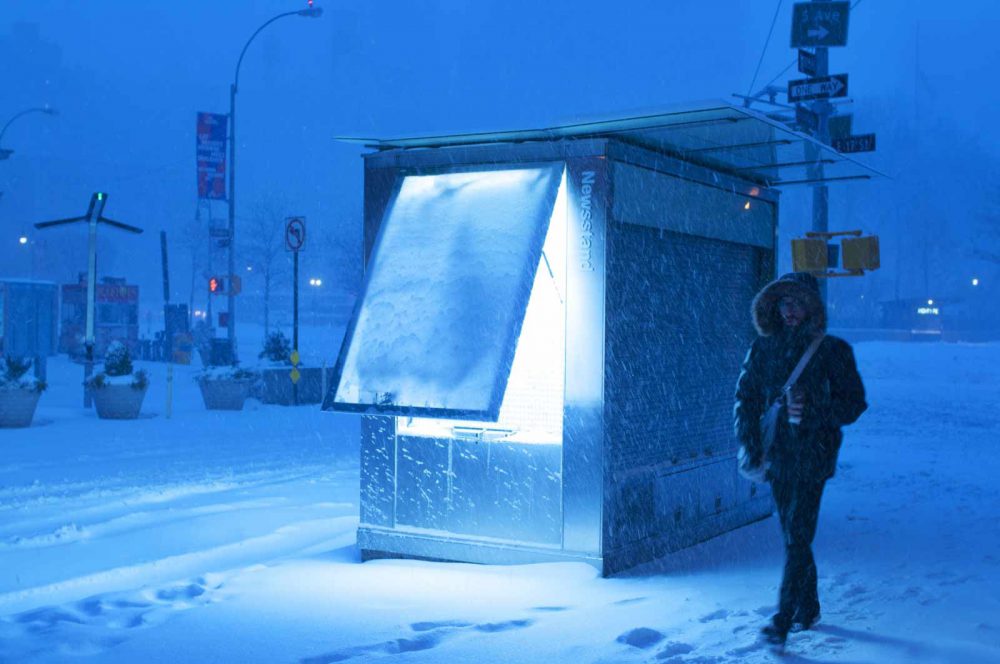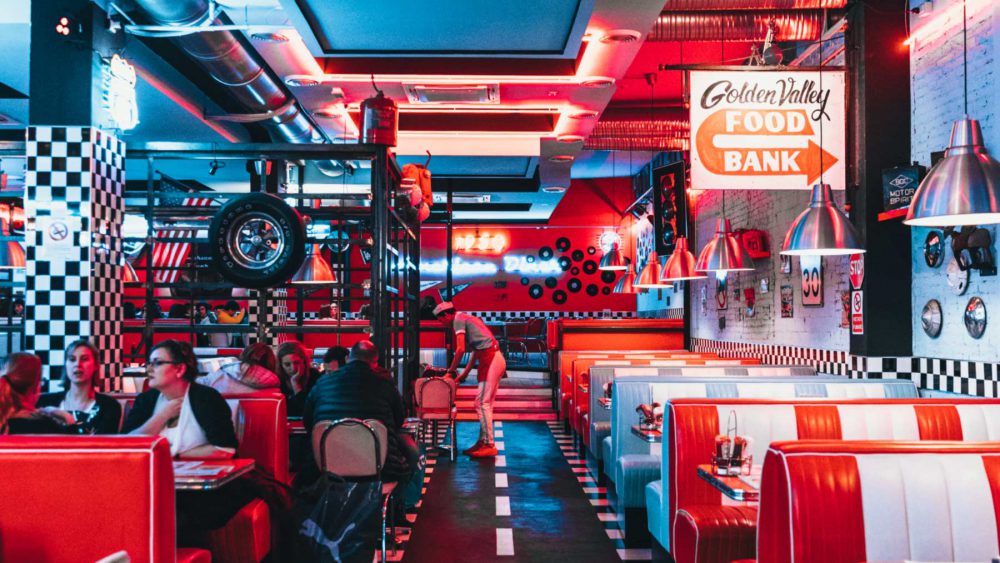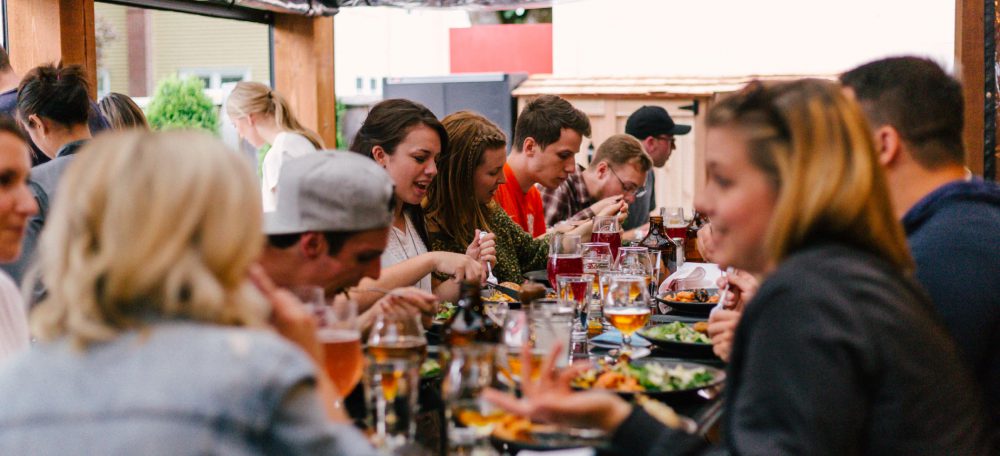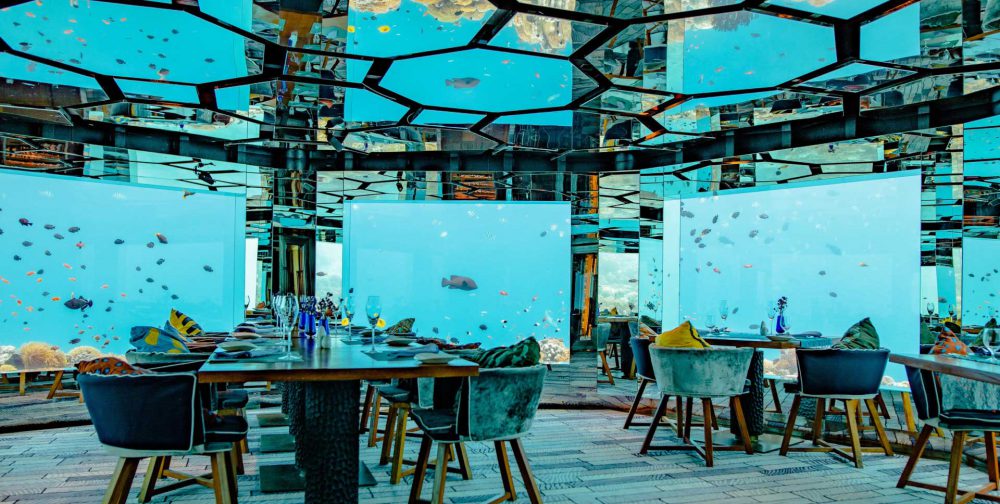Restaurant Marketing Ideas for 2020
October 7, 2019
Jeremy Wells
The restaurant industry has historically been among one of the most competitive industries. In today’s digital marketing landscape, this has never been truer.
When advertising your restaurant online, you’re not just competing against other restaurants to get your ads in front of your potential customers. You’re competing against millions of brands that are targeting the exact same individual.
This article showcases 7 ways you can get in front of potential customers and keep your existing customers loyal in 2020.
1. Messenger Marketing
With modern technology, wearable devices, and a phone in every pocket, it should be a no-brainer that restaurant marketing tactics should evolve as well. The days of generic direct mail campaigns to the masses are gone. These types of marketing campaigns were very difficult to track, and would often result in wasted money.
Messenger marketing for restaurants is a great new way to engage with your audience, track their behavior and purchases, and bring in predictable revenue on a monthly basis. Using applications like ManyChat or MobileMonkey you can set up these campaigns for your own restaurant. They can be fairly complicated, however, so it may be worth working with a restaurant marketing agency to get help.
We recommend working with a restaurant marketing agency such as Promotable Media to get your messenger marketing program up and running.
Even a simple Messenger Marketing campaign generated over $16,000 in revenue for a restaurant over the course of 4 months.
2. Free Wi-Fi
If you aren’t offering Wi-Fi in your restaurant – or you are just freely giving it away – you are making a huge mistake.
Don’t charge your customers money for the Wi-Fi. Instead, they require them to sign up with their phone number and email address.
This is a fairly inexpensive way to boost your customer remarketing list – plus offering Wi-Fi is another perk for your customers. On your form, you can notify them that they’ll be opting into email communications automatically, but they are free to unsubscribe any time. Then you can send emails about sales, new menu items, and friendly reminders about how awesome your restaurant is.
You can also ask them if they would like to receive text messages from your brand.
3. Text Message Marketing
Text message marketing has been on the rise for a few years now, but brands are still trying to figure out how to use it to their advantage. The key with text message marketing is to hit your customers frequently enough that they keep you top of mind, but not so often that you become a nuisance.
There are also a lot of privacy laws that apply to this type of marketing, so it is critical that you get your customers’ permission (and a second opt-in) before you start utilizing this channel.
Once you have a customer list, you can advertise your sales or promotional menu items. There are a lot of third-party text messaging providers to choose from. Several of them are budget-friendly. Some of them may even integrate with your POS system. It is critical to shop around for the best bang for your buck with any technology platform – but that is especially true for text message marketing.
4. Push Notifications
If your restaurant has an app, you are likely already utilizing push notifications. However, if it doesn’t, or you aren’t, here are a few examples for when to use them:
- When a customer is near your restaurant
- When you have a sale or coupon code
- When you release a new or promotional menu item
- When they have not visited your restaurant in a specific amount of time
If you do not have an app and are not interested in creating one, you can set these up as browser notifications. Browser notifications are slightly less effective because they are designed for the desktop instead of mobile. However, if you’re mostly serving a lunch crowd – it could be worth sending a lunch reminder push notification out to your potential customers.
5. Delivery
Delivery is king in the restaurant industry at this time, and there are no indications that that is going to change in the next couple of years. Some restaurants are attempting to fight the inevitable, and it isn’t going well for them. Still, others are doing the bare minimum by simply pairing with a 3rd-party food delivery service but that may not be a great strategy either.
Delivery is king in the restaurant industry at this time
Yes, you should consider partnering with a food delivery service, but you must also make sure your food (or at least the food you allowed to be ordered through the service) is still delicious when it arrives. Too many restaurants are offering their entire menu without any modifications, and it is preventing their growth.
If the budget allows, it is also worth offering promotions or even purchasing ads through these delivery services so that your restaurant is sure to be seen. Many of the delivery services will remind customers of restaurants they have ordered from or browsed in the past so that extra marketing boost can help offset the cost of the service.
Several restaurants also offer promotions for new customers, such as free delivery. You’ll want to explore your promotional opportunities with each third-party vendor before settling on one specifically.
6. In-Store Kiosks
Several fast-food chains have started incorporating in-store kiosks already, and this is another trend we expect to see growth over time. Customers enjoy being able to customize their orders without having to talk to a person. They also help increase accessibility at your restaurant.
Additionally, in-store kiosks give you the opportunity to collect additional data that restaurant owners have not had access to before. For example, you can collect data about the most-viewed menu items, even if they aren’t ordered the most. That type of insight encourages you to change an ingredient in that menu item to make it more appealing.
Many in-store kiosks also partner with the POS for aggregate data about specific customers. This means you can personalize your marketing efforts in a new way. Imagine being able to send an email or text to a specific customer, advertising a discount on an item you already know they love.
Although the initial cost is high, there is also a decrease in labor costs associated with a kiosk. It is certainly something worth looking into this year.
7. Community Events
People are also placing higher importance on brands who do “good” and restaurants do not fall out of this category. While it’s great if you can source all local ingredients and recycle practically everything, that may not be realistic.
Another route to consider is utilizing brand activation ideas such as getting involved in local community events and sponsoring charity events. These can seem like losses, but they can do a lot to boost your reputation in your local community.
If you aren’t sure where to start, contact your local school systems and see if they are interested in doing a “Dine and Donate” event. Basically they pick a day and anyone who brings in a flyer for the event on that day (or mentions the promotion if you don’t really want to collect dozens of flyers) your restaurant would donate a percentage of the check to the organization.
While you certainly shouldn’t do this too often so that it isn’t sustainable, it can be a great way to get in front of new customers while building goodwill and a solid reputation in the community.
Things to Keep Doing
We’ve also put together a shortlist of items that you should already be doing by now. If you aren’t, make these marketing efforts urgent priorities. While you may not be able to incorporate all of them right away, you’ll certainly want to tackle a majority of them by the end of 2020.
Advertise Your Restaurant on Social Media
Yes, there are a lot of brands advertising on social media already. However, most social media advertising platforms do offer pretty specific targeting options, which means you have a good shot of getting in front of your customers.
Because competition is so high, social media advertising should not be your only marketing strategy. However, it definitely needs to be part of your restaurant marketing mix.
Facebook is the largest social media marketing platform – and for good reason. Facebook also has the most users. One of the best parts of Facebook advertising is the audience targeting options. You can choose customers based on their locations, and/or their demographics. If you have an idea of who your target market is, this can be invaluable.
You also have the option to target an audience based on their interests. That means if you’re a vegan restaurant, you can target users who have expressed interest in veganism. If you are a burger and fries place, you can target users who love a good sandwich.
Another great component of Facebook advertising specifically is that you also have the ability to create specialized ads when a potential customer is near your restaurant. This can mean if they are a few blocks away to within a certain zip code. This type of targeting is great because it can also help you get in front of potential customers who may just be visiting the area instead of only those who live nearby.
Local SEO for Your Restaurant
Make sure your website is optimized for local SEO. This means optimizing your website so that you always rank in localized searches. This means making sure you’ve completed your Google My Business profile, and embedding a map on your site. You’ll also want to include your city name and state in titles, headers, and meta-descriptions within your site. While this sounds like a complex strategy, once you understand the concept of local SEO, it can be fairly straightforward to implement.
Manage Feedback
Online reviews greatly influence decisions when it comes to choosing a new restaurant to go to. While you can’t/shouldn’t delete negative reviews, you can respond to the guest’s comments and try to make bad experiences better.
You should also respond to positive reviews. This will create a relationship between your brand and the customer, which may encourage them to share their experience with your restaurant with their friends and family. You can also consider services such as Ovation to help you easily capture and manage feedback from your customers.
Restaurant Loyalty Programs
If you don’t already have a loyalty program in place, get one. There are several options out there. You might look to see if your POS system has one already. If your POS system does not, there are several third-party vendors you can try. Most of them are pretty affordable – and it is easy to calculate your return on your investment once you start tracking your loyal customers.
Some examples of third-party loyalty programs include Preferred Patron, ReUp, and Upserve.
Discount Apps
There are several restaurant discount apps out there such as ChowNow or Restaurant.com. You might even consider running a promotion on Groupon. This is an excellent way to draw in new customers as well as to remind past customers to come in again.
Print Advertising & Coupons
For almost all industries, print and coupons seem to be dying off. The two industries where that doesn’t seem to be the case are restaurants and grocery stores. If you are already sending coupons out to local residents, continue doing so. In fact, there are now several services available where you can send specialized coupons or letters to those who have just moved into your city or within certain zip codes.
If you haven’t implemented this strategy already, consider it. There is likely a coupon circulation in your area designed for local restaurants to advertise in.
In Closing
If you are interested in any of these marketing tactics but aren’t exactly sure how to set them up or which ones to prioritize, consider hiring a restaurant marketing agency or restaurant consultant. Restaurant consultants have likely worked with several restaurants in your area. They are already familiar with how to best get in touch with your target market.
A restaurant consultant can help you create an overall marketing plan for your business. Some restauranteurs consider hiring a general marketing firm to handle the promotion of their restaurant. However, they quickly discover that marketing or PR firms can be too expensive for one single restaurant. Your consultant will either handle your marketing directly or come up with a promotion and brand strategy utilizing outsourced agencies that the consultant is familiar with and trusts.
This marketing strategy can include everything from the overall restaurant concept to web design and the social media strategy. You will discuss your current marketing efforts and any that you wish to include in the upcoming year, and your restaurant consultant will balance your budget along with the typical efficacy of each tactic before helping you decide on a perfect strategy. Hiring a restaurant consultant can be an excellent way to boost your brand quickly, without having to make any marketing mistakes in the process.
Jeremy Wells
Partner at Longitude°
Jeremy is the author of Future Hospitality and Brand Strategist at Longitude°. As a member of the Education Committee for The Boutique & Lifestyle Leaders Association (BLLA) and a content contributor to Cornell University’s Hospitality Vision and Concept Design graduate program, he is a committed thought leader in hotel branding, concepting, and experience strategy.






